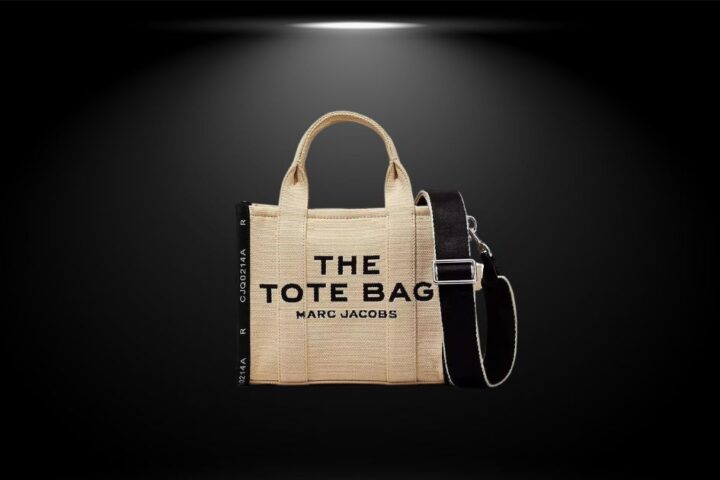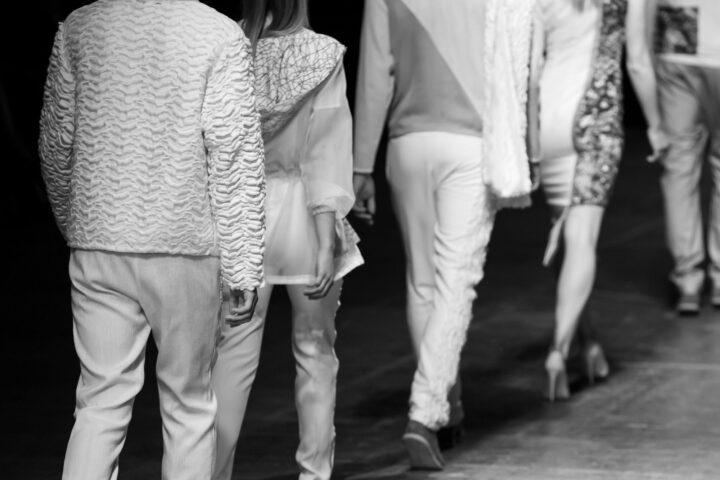According to statistics, the Metaverse is expected to rank among the top developing trends and technologies with a market value of more than $800 billion by 2024. Metaverse is a combination of various technologies, such as virtual reality, augmented reality, and blockchain. It enables people to engage in a wide range of activities, including socialising, attending concerts, exploring locations, holding meetings, shopping from various brands, and more on a digital space. It is only a matter of time before additional competitors enter this market with major players like Meta joining and firmly implying that it may be the new future. It is very likely that as the metaverse’s boundaries rapidly grow, vast amounts of previously untapped value will be made available to consumers and investors.
The idea of the metaverse is progressively taking shape and has already made entry in a variety of industries, including healthcare, entertainment, law, real estate and Architecture. It has also created countless chances for “trendsetters”, fashion businesses, and fashion retailers. Fashion firms were negatively impacted by the Covid-19 outbreak and lockdowns, which further drove them to expand their business on the Metaverse. This paradigm shift is particularly beneficial as it enables them to establish a direct line of communication with their customers. Luxury brands like Gucci, Louis Vuitton, Balenciaga, and Dolce & Gabbana are among the many fashion companies creating original marketing approaches to appeal to the growing number of consumers that live in the metaverse. They are holding virtual fashion shows, developing augmented reality experiences like virtual try-ons that let customers try on digital replicas of actual clothing, dressing avatars in video games in digital apparel, and posting designs for real and virtual clothing on the blockchain which are sold as NFTs. However, besides the several advantages, the advent of Web 3 also gives birth to Intellectual Property issues for the designers.
With the Metaverse Fashion Weeks being put together, the concern of protecting the designs curated and showcased by the fashion designers on such fashion shows has emerged. It is through game collaborations, fashion brand NFTs have been making their way into the metaverse. They let players outfit their digital avatars in designs curated by luxury fashion houses. To commemorate its 200th anniversary, Louis Vuitton, one of the most recognizable fashion labels, unveiled a line of 30 non-fungible tokens.
The advent of metaverse emphasises how crucial it is to view intellectual property rights comprehensively. Virtual designs, which are a fashion house’s main asset, may require protection as trade dress under trademark law. IP protection needs to be carefully researched and handled more thoroughly if undisputed ownership of such a virtual product is to be obtained.
It is natural for people to replicate or take inspiration from designs on digital platforms like the metaverse. Unregistered design rights in the UK are a good foundation to rely on in these circumstances. The issue of first disclosure, which if the design is first disclosed in the UK would give rise to a UK unregistered design right, is still up for debate, just like with the hybrid/”phygital” model of fashion week shows. The design is arguably published globally because the metaverse is a platform that users from all over the world can access at the same time. Whether this revelation satisfies the criteria to begin an unregistered design right in the UK will need to be determined through the courts.
It will be extremely difficult to track down the creators of IP-protected content on the metaverse. At present, there is no specific legislation regulating virtual designs curated by fashion designers and enacting such a law will be a complex process as it will require us to take into account the various requirements from different jurisdictions around the world.
In the context of the metaverse, design protection requires some modifications. There have been instances of companies charging the same amount for virtual goods as they do for physical ones. To prevent unnecessarily impeding the use of rights identical to those in the physical world, the term of protection, the criteria for usage and obtaining rights, such as innovation, must be reanalysed in relation to the metaverse.
Author: Aanchal K Golecha (Student Editor)









